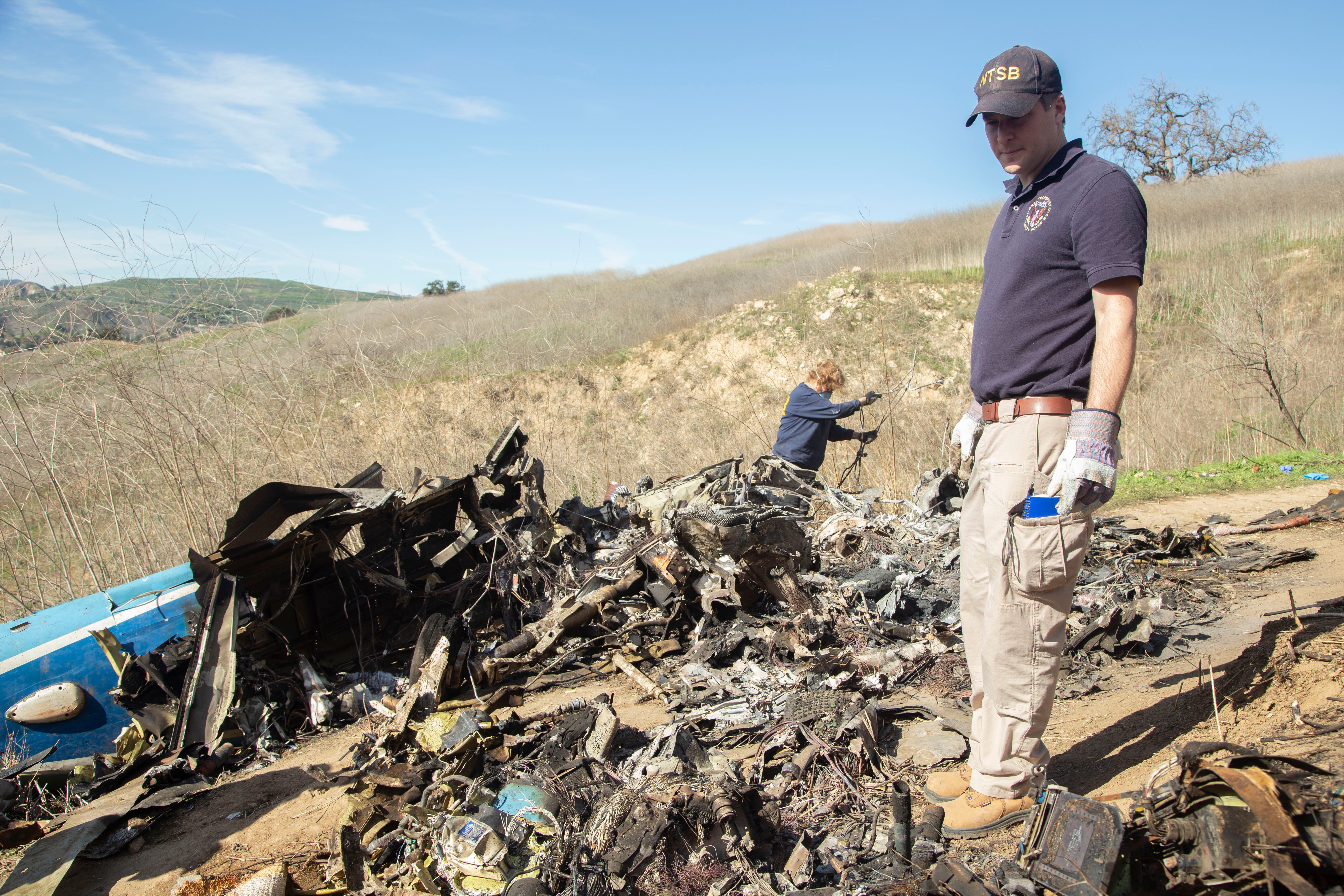Lost in fog: Kobe copter crash highlights danger for pilots
Pilots have known about disorientation in flight almost since the beginning of aviation and it still can be deadly

Your support helps us to tell the story
From reproductive rights to climate change to Big Tech, The Independent is on the ground when the story is developing. Whether it's investigating the financials of Elon Musk's pro-Trump PAC or producing our latest documentary, 'The A Word', which shines a light on the American women fighting for reproductive rights, we know how important it is to parse out the facts from the messaging.
At such a critical moment in US history, we need reporters on the ground. Your donation allows us to keep sending journalists to speak to both sides of the story.
The Independent is trusted by Americans across the entire political spectrum. And unlike many other quality news outlets, we choose not to lock Americans out of our reporting and analysis with paywalls. We believe quality journalism should be available to everyone, paid for by those who can afford it.
Your support makes all the difference.The federal investigation into the helicopter crash that killed former NBA star Kobe Bryant and eight others has put a renewed spotlight on a long-known danger of flying: Pilots who become disoriented when they can't see their surroundings.
Investigators said Tuesday that pilot Ara Zobayan lost his bearings during the Jan. 26, 2020, flight when he flew fast into low clouds
National Transportation Safety Board investigators said that when Zobayan told air traffic controllers he was climbing to get above the clouds, he was instead beginning a rapid descent that would end with a crash into a hillside north of Los Angeles.
Spatial disorientation is the inability of a pilot to sense how fast or high they are flying and whether the aircraft is pointed up or down, or banking left or right. It occurs when the vestibular system — the body's balancing mechanism in the inner ear — sends the wrong signal to the brain.
“It's like diving into black water at night and you're just floating,” said Randy Waldman, a longtime helicopter and airplane flight instructor in Burbank, California. “You don't know if you're going up or down of left or right.”
Pilot and former Air Force Thunderbirds Commander Richard McSpadden said pilots must train to act against their instincts when they become disoriented.
“We learn walking around and driving our cars to rely on our sense of balance, our gut feel,” he said. “As a pilot, you have to train yourself to disregard that. What (your body) is telling you is wrong, and it will kill you.”
The danger of such disorientation has been known for decades. In the 1950s, researchers at the University of Illinois put 20 pilots through a simulator and none recovered after flying into bad weather and losing visual cues. The study led to brochures and videos called “178 Seconds to Live.”
The Federal Aviation Administration says 5% to 10% of all general aviation accidents are blamed on spatial disorientation, and 90% of such incidents are fatal.
The NTSB said disorientation was to blame for 184 fatal aviation accidents — 20 of them involving helicopters — in the past 10 years. In 1999, John F. Kennedy Jr., who was not certified for instruments-only flight, likely crashed into the ocean off Massachusetts after being disoriented by haze that obscured the horizon, the safety board determined.
Instrument flying is standard among airline and military pilots and used when conditions don't allow a pilot to fly by sight. Zobayan had limited experience with instrument flying. That also is frequently true of general-aviation pilots like Kennedy Jr., who expect to navigate by seeing landmarks on the ground.
Even pilots who don't expect to fly by instruments must receive some training in the skill. This is done by going "under the hood” — flying while wearing a visor to block their view outside the plane or helicopter. Pilots are taught to switch immediately from flying by sight to relying on readings from the aircraft's instruments.
McSpadden, now a safety expert for the Aircraft Owners & Pilots Association, said the message of that training is: “You don't ever want to go here, but if you do, this is how you get out of it.”
The NTSB proposed that the FAA require charter helicopter operators like the one Bryant was using, Island Express Helicopters Inc., be required to use certain simulation devices during pilot training. The board said the training should include scenarios that help pilots practice the transition from visual to instrument flying to reduce the risk of spatial disorientation.
The board also said a panel of experts should evaluate technology that could best train pilots to recognize when they are becoming disoriented, and how to recover.
___
David Koenig can be reached at www.twitter.com/airlinewriter